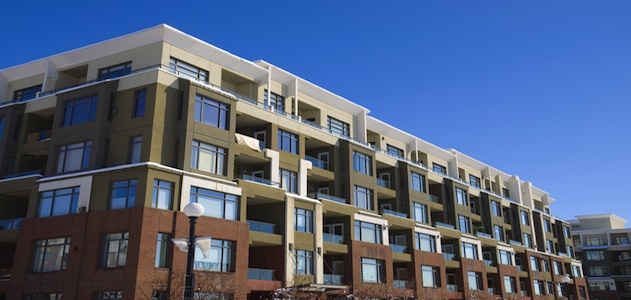Could A Thank You Every Day, Keep The Move Outs Away?
How often are residents thanked for the choice to live at a property?
Most choices for housing involve long term commitments, buying a house or a condo, mortgage etc. Individuals who rent can make a change in an instant, granted breaking a lease has financial consequences, but an unsatisfied resident has the ability to mmake a change right now.

Taking the time to acknowledge the length of time a resident has lived at a property, thanking them for their continued loyalty, asking if any service or assistance is needed, can reinforce that commitment.
Over the top efforts demonstrating customer service secure publicity and industry comparisons, but simple acts of appreciation, offered with sincerity hold more value than crazy promotions.
Generally speaking, the staff at a property doesn’t have much contact with a resident after the move in..lease renewal, late rent notices and requests for maintenance. Taking the time to insure every contact ends on a positive note will build a stronger relationship with a resident.
Offering the comment, “Thank you for choosing our property for your home,” can go a long way in building this relationship.
Staff at property often has anecdotal stories about demanding residents, or individuals that inflict substantial damage discovered at the time of move out. For most locations, the 80/20 rule typifies our residents, 20% of the residents use 80% of the staff resources. The remaining 80%, the individuals who pay their rent on time, renew without negotiating, take great care of their apartment home, and generally abide by the community policy and procedures; are largely ignored for their compliance.
Offering appreciation when the opportunity presents itself, or creating resident appreciation events can build a customer service atmosphere at a property.
Just as many receipts or monthly statements, include the phrase, we appreciate your business, how could this be incorporated into daily business practice?
Include this phrase:
-on rent receipts
-service request notification
-train staff to acknowledge resident tenancy during conversations, and communicaitons, such as lease renewals.
Residents often believe they are nothing more than an apartment number, or an account on a ledger. Insuring residents the staff is aware of the individual choice and ongoing commitment will have an influence on renewal decisions, or building the attitude where a resident wants to encourage friends and family to consider your property when looking for an apartment home.
 |
Lori Hammond | Company Website | LinkedIn Connect |
Lori has 30+ years’ experience in the Property Management Industry, working with both market rate and affordable housing. Lori has been privileged to work with some tremendous industry leaders during employment tenures with Oxford Management, NHP Management, AIMCO, Alliance Residential, Boston Capital, The Sterling Group, P.K. Housing and currently Management Resources Development. |


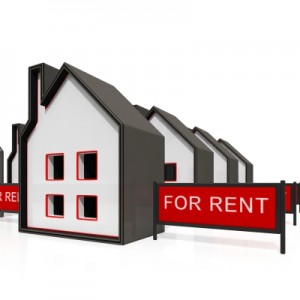 by
by 
 Property owners in Colorado are facing unexpected fallout from the state’s recent pot legalization rules: explosions.
Property owners in Colorado are facing unexpected fallout from the state’s recent pot legalization rules: explosions. If you rely on late fees to entice tenants to pay rent on time, there’s something you need to know: Many common late fee policies are not enforceable in court.
If you rely on late fees to entice tenants to pay rent on time, there’s something you need to know: Many common late fee policies are not enforceable in court. Rental property renovations open the doors for financial rewards through potential rental or selling price increases. However, deciding
Rental property renovations open the doors for financial rewards through potential rental or selling price increases. However, deciding 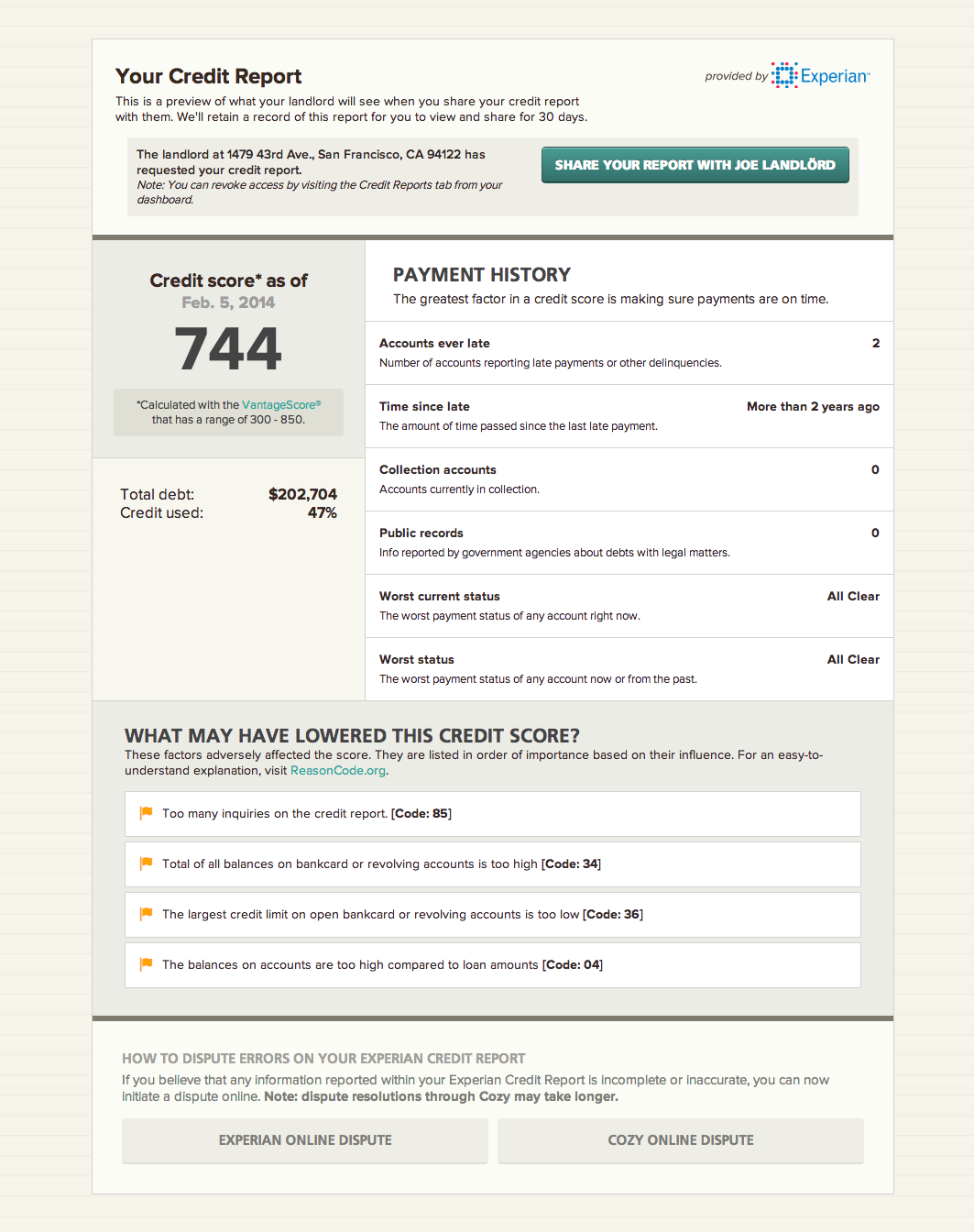
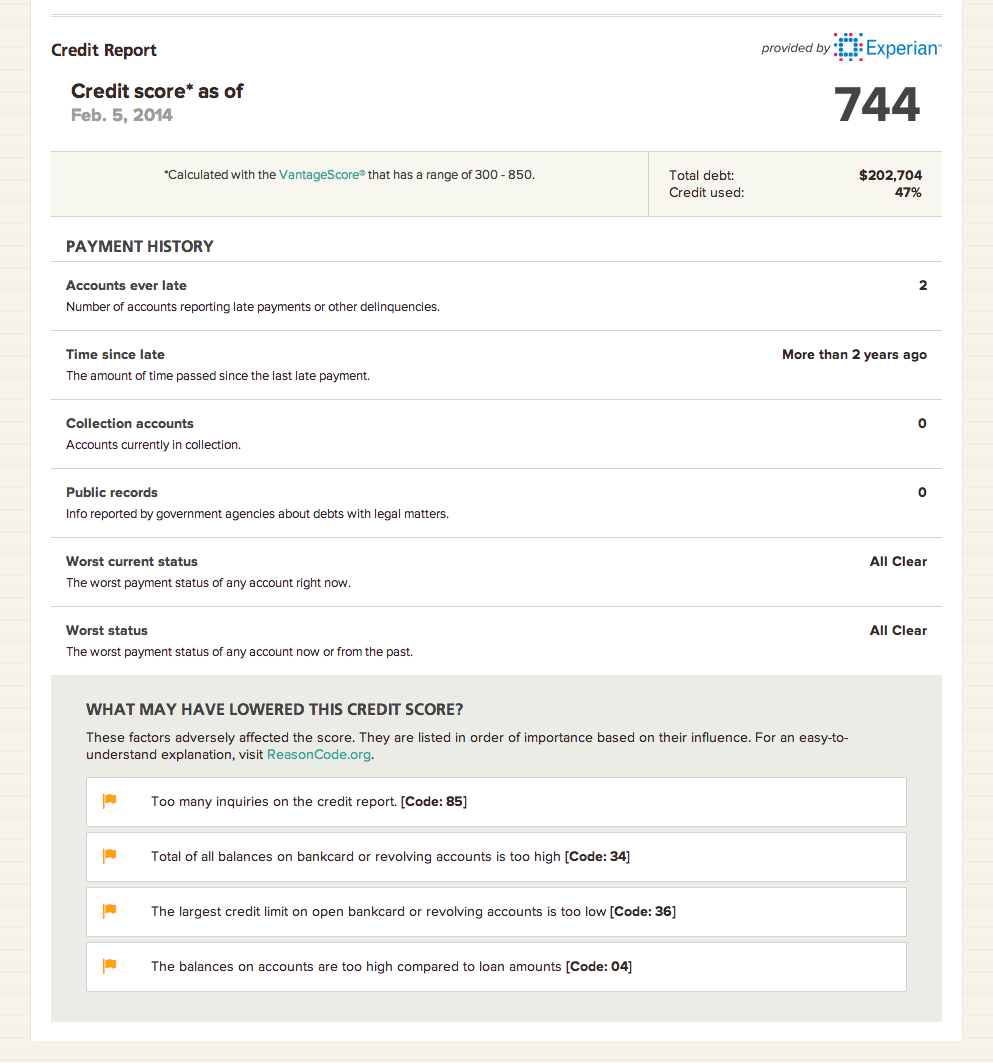

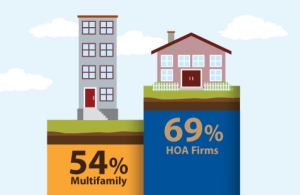
 It seems easy. Your renter is a deadbeat, and you want them out of your property. So why does it take so long to evict a tenant?
It seems easy. Your renter is a deadbeat, and you want them out of your property. So why does it take so long to evict a tenant? Apartment owners, multifamily executives, and property managers are busier today than ever. Unfortunately, there are still only 24 hours in any given day at last check. This leaves many multifamily executives looking for ways to streamline some of the responsibilities within their businesses in order to have the time and focus to take care of other important job functions.
Apartment owners, multifamily executives, and property managers are busier today than ever. Unfortunately, there are still only 24 hours in any given day at last check. This leaves many multifamily executives looking for ways to streamline some of the responsibilities within their businesses in order to have the time and focus to take care of other important job functions.
